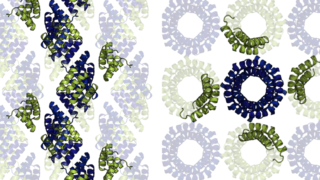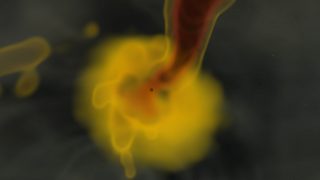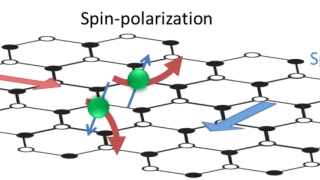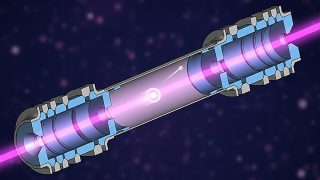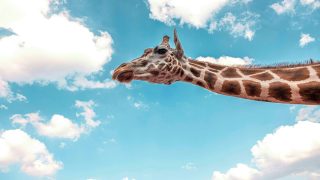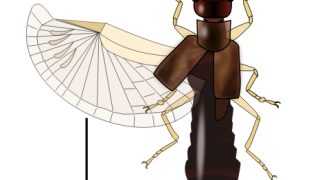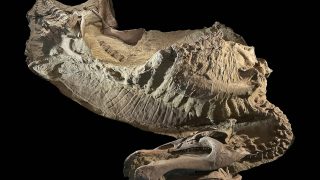
Reading a quantum clock costs more energy than running it
A new study has identified a surprising source of entropy in quantum timekeeping—the act of measurement itself. The researchers demonstrate that the energy cost of “reading” a quantum clock far outweighs the cost of running it, with implications for the design of future quantum technologies. Clocks, whether pendulums or atomic oscillators, rely on irreversible processes […]
